Crater Of Catastrophe: The Asteroid That Ended An Era
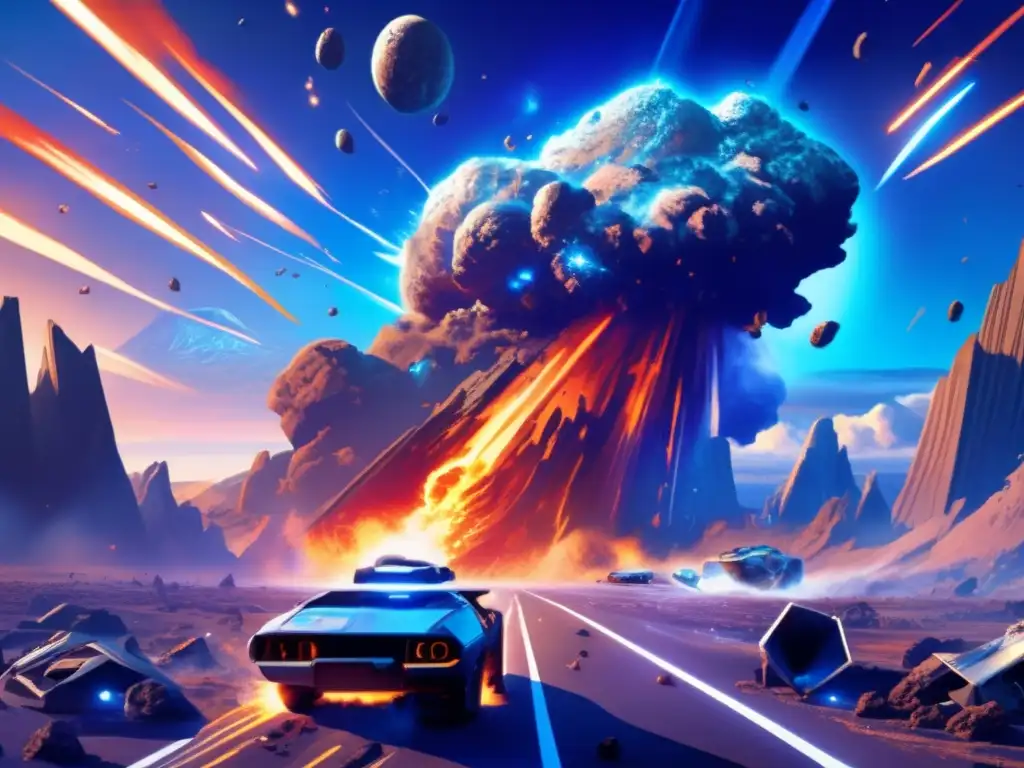
Introduction
Asteroids are some of the most fascinating celestial objects in our solar system. These small rocky bodies have been studied and researched for decades to better understand their makeup, movement, and potential impact on Earth. One of the most well-known effects of asteroid impact is the formation of a crater on a planetary surface. These craters are not only striking features but also offer valuable information about the history and evolution of our solar system.
What is an Asteroid Impact?
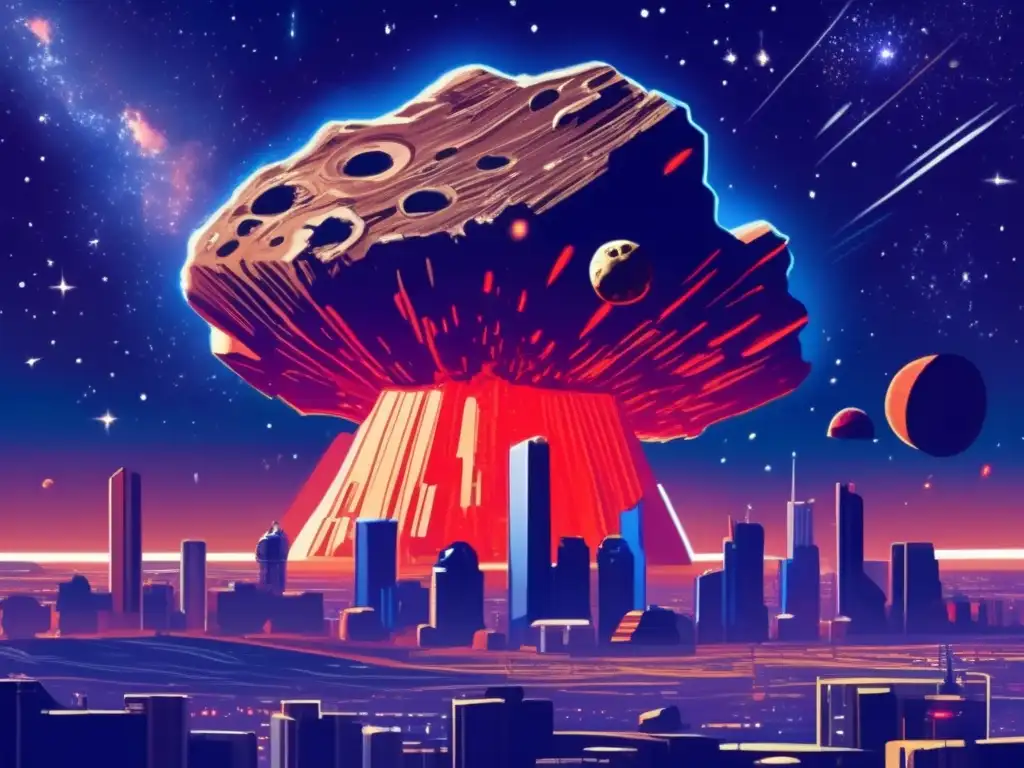
How do Asteroid Impacts Occur?
An asteroid impact occurs when a small rocky body collides with Earth or another planet. The impact can have devastating effects on the environment and significant consequences for life forms. Asteroid impacts can occur at different speeds and angles, resulting in various types of craters and damage. An impact event can cause a range of consequences, from the immediate destruction of the impact area to global climate change and mass extinctions.
The Effects of Asteroid Impacts on Earth
Earth has experienced numerous asteroid impacts throughout its history, some having disastrous consequences. One of the most well-known impact events occurred approximately 66 million years ago, ending the age of dinosaurs. The asteroid impact caused massive destruction and triggered significant environmental changes that took millions of years to recover. Asteroid impacts have also caused significant damage to human settlements, as seen in the Tunguska event of 1908 in Siberia.
Discovering and Studying Asteroid Impacts
Asteroid impacts have been studied and analyzed by scientists for decades using various techniques and tools. The size, shape, and characteristics of craters provide valuable insights into the impact’s intensity, speed, and angle. Scientists can use these pieces of information to reconstruct the event timeline and its effects on the environment. Researchers have also collected samples from the impact areas, which bear evidence of the asteroid's composition and its effects on surrounding materials.
The Crater of Catastrophe
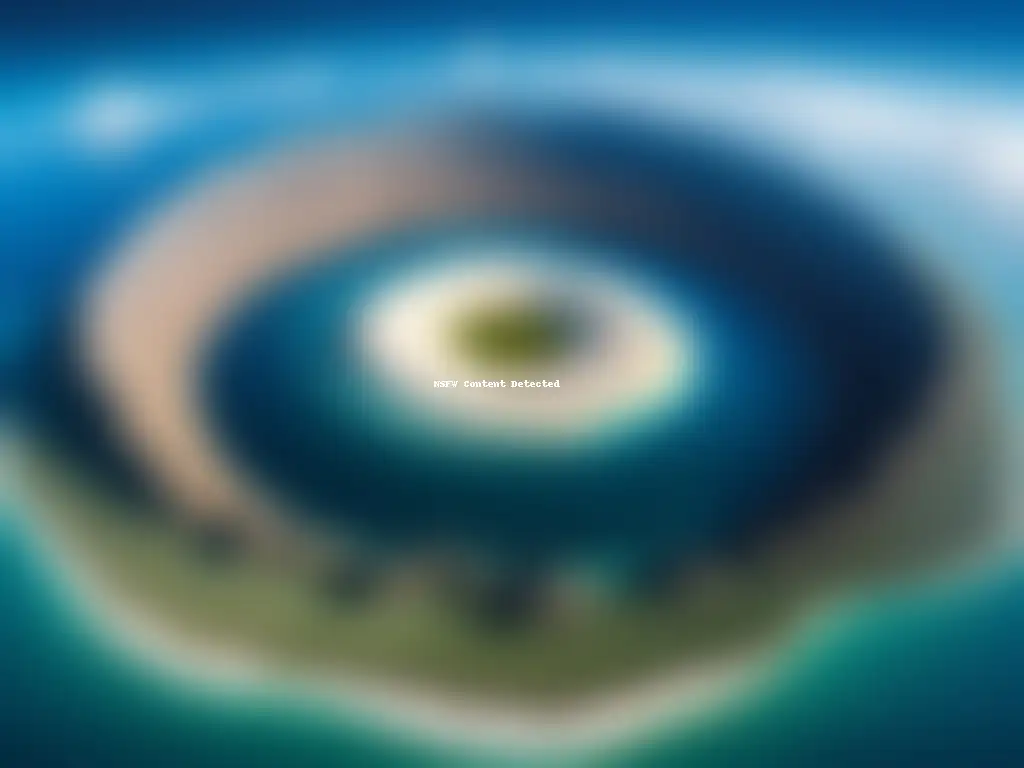
The Impact Event
The Chicxulub crater is one of the most well-known impact features on Earth, located in the Yucatan Peninsula, Mexico. The crater was formed approximately 66 million years ago by an asteroid that struck the Earth's surface, causing significant environmental changes worldwide. The impact released energy equivalent to billions of atomic bombs and caused massive tsunamis, wildfires, and acid rain. The impact event is believed to have caused the extinction of around three-quarters of all plant and animal species, including the dinosaurs.
The Discovery of the Chicxulub Crater
The Chicxulub crater remained undiscovered until the late 1970s when geophysicist Glen Penfield noticed a strange anomaly while exploring for oil deposits in the area. Further study revealed the crater's circular shape and unique features, leading to the discovery of the asteroid impact hypothesis. Researchers have since studied the crater extensively, using various methods such as drilling and sampling to explore its structure and composition.
The Significance of the Chicxulub Crater
The Chicxulub crater provides valuable insights into the asteroid impact event and its consequences on Earth's evolution. The crater's size and characteristics indicate the impact's intensity and give clues about the asteroid's composition. Researchers have discovered unique minerals and materials within the crater that offer insight into the impact's effects on Earth's geology and atmosphere. The discovery of the Chicxulub crater has also contributed significantly to our understanding of how asteroid impacts can cause significant environmental changes and offer a glimpse into the history of our planet.
Frequently Asked Questions

-
What causes asteroid impacts?
Asteroid impacts occur when a small rocky body collides with Earth or another planet. This can happen due to various reasons, such as gravitational pulls or other celestial objects' movement.
-
How do scientists study asteroid impacts?
Scientists use various methods such as drilling, sampling, and analysis of crater size and shape to study asteroid impacts and their effects on the environment.
-
What is the significance of the Chicxulub crater?
The Chicxulub crater provides valuable insights into the asteroid impact event that caused the end of the age of dinosaurs and significant environmental changes. The crater's unique features offer a glimpse into the asteroid's composition and its effects on Earth's evolution.
-
Can asteroid impacts cause mass extinctions?
Yes, asteroid impacts can cause significant environmental changes that may lead to mass extinctions of plant and animal species, as seen in the case of the end of the age of dinosaurs.
-
What are some measures taken to prevent asteroid impacts on Earth?
Scientists and researchers are working on developing methods to detect and track asteroids and other celestial objects that pose a risk to Earth. Measures such as deflection or mitigation techniques are being explored to prevent such impacts.
Conclusion
Asteroid impacts are some of the most catastrophic events that can occur on Earth, causing significant damage to the environment and life forms. The study of asteroid impacts and their effects provides valuable insights into the history and evolution of our planet and the solar system. The Chicxulub crater is one of the most significant impact features on Earth, providing unique information about the asteroid impact event that ended the age of dinosaurs. As we continue to explore and understand asteroids, we can better prepare for potential impact events and appreciate the importance of these small rocky bodies in our solar system.
We hope this article has provided valuable information about asteroid impacts and their effects. We encourage readers to share their thoughts and comments below and to interact positively with www.asteroidrealm.com by subscribing, sharing the article on social networks, or other forms of participation. Thank you for your time and attention.
Additional Resources

For those interested in delving deeper into the topic of asteroid impacts, here are some additional resources:
- NASA Planetary Defense Coordination Office
- Astronomy Picture of the Day: Chicxulub Asteroid Impact Crater
- The Chicxulub Impact Crater: A Geophysical Investigation
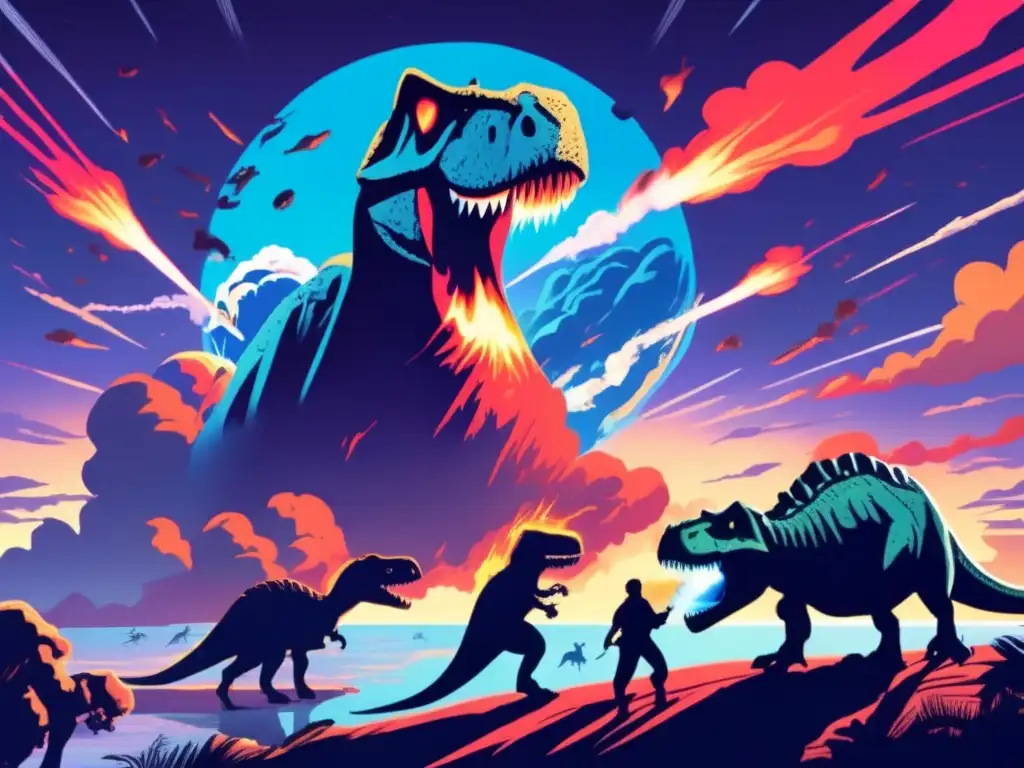 The Final Countdown: The Asteroid Strike And Dinosaur Extinction
The Final Countdown: The Asteroid Strike And Dinosaur Extinction The Asteroid That Changed The Course Of Life On Earth
The Asteroid That Changed The Course Of Life On Earth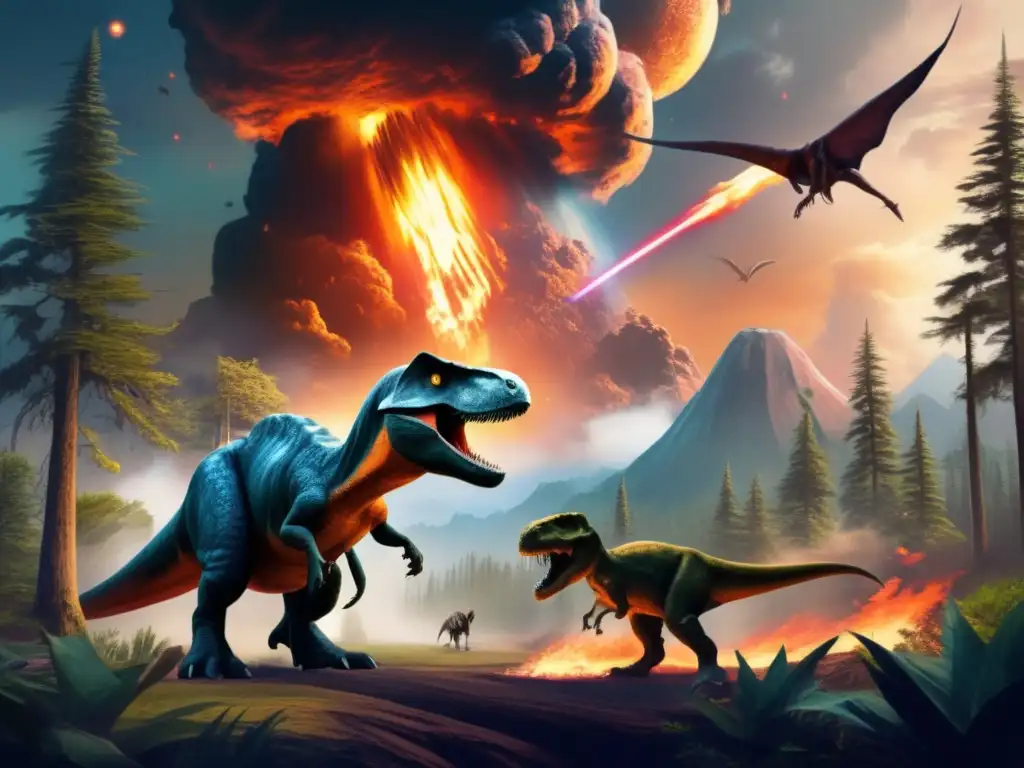 Collision Course: Asteroids And The Dinosaur Apocalypse
Collision Course: Asteroids And The Dinosaur ApocalypseIf you want to discover more articles similar to Crater Of Catastrophe: The Asteroid That Ended An Era, you can visit the Asteroids and Dinosaurs category.
Leave a Reply

Articulos relacionados: